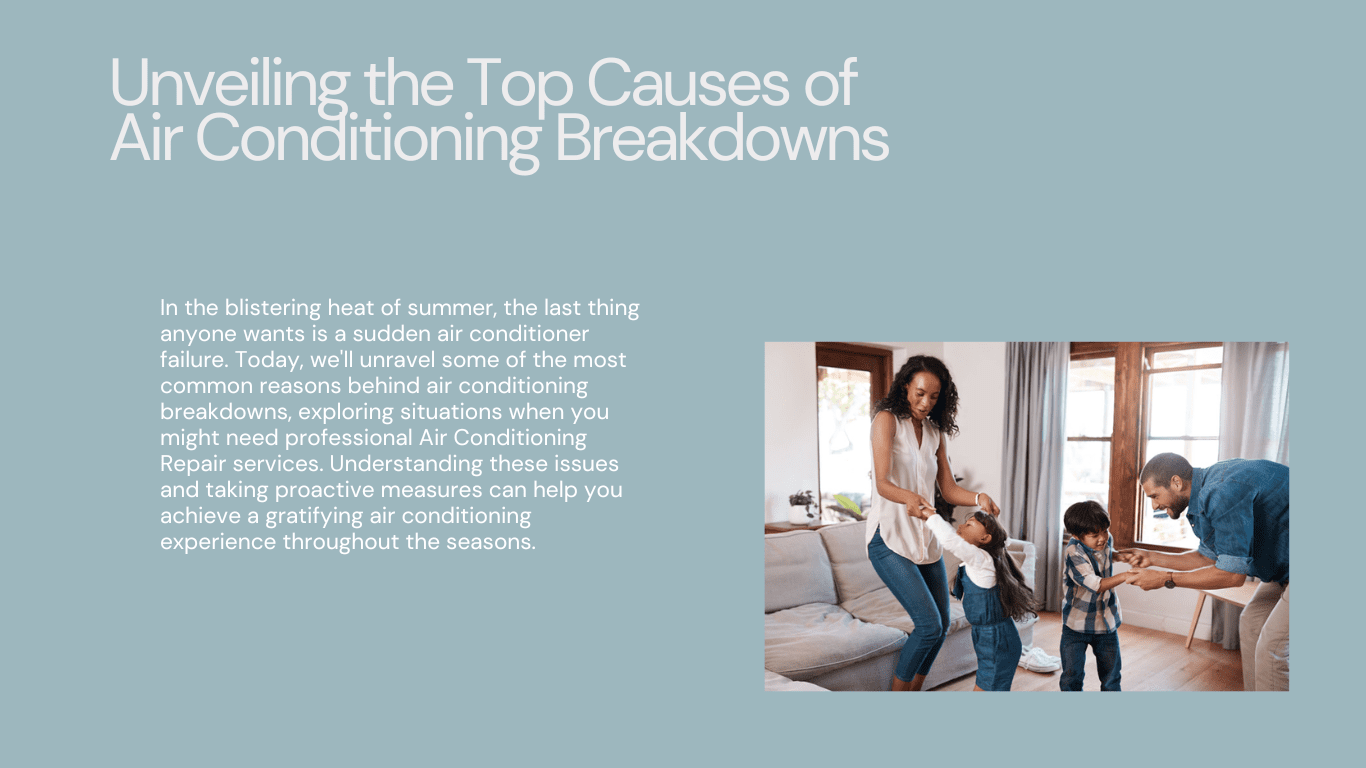
A dusty indoor atmosphere is probably the last thing you would like to face in your room. It is because dust particles are generally contaminated with several allergens, which can be harmful to your health. Chances of getting sick are higher in that case and therefore it is crucial to keep your room dust-free. Describing in short, maintaining a clean indoor atmosphere is mandatory to keep yourself and your family safe.
If you think you can prevent dust particles from entering your house, you are wrong, especially in an air-conditioned room. This is because your air conditioner controls the indoor temperature using outdoor air. That’s why air duct cleaning Plantation services are important to maintain a clean indoor environment. Proper air duct cleaning Plantation session once every two years is sufficient to keep the AC ductwork clean. Dust-free air ducts provide a healthy indoor environment, but for better results, you can also do a few other things.
Continue reading the following information as it may help you to maintain a dust-free atmosphere in your room.
- It’s never a good idea to keep the doors/windows open because dust present in the outdoor air can enter your room through them. So, unless it is necessary, don’t open the doors and windows.
- Clean the filters regularly, and depending on their condition, you might also need to replace them after 3-4 months. It’s easy to replace AC filters even for such users who don’t know much about air-conditioning systems.
- You need to clean the comforter, sheets, pillowcases, and every other thing that can attract dirt. If possible, wash these linens in a washing machine by yourself or take them to the laundry. For the best results, you should clean the linens twice a month, but in summers when you sweat a lot, you may need to clean them more often.
- If you have a carpeted floor in your room, use a vacuum to suck up the dust present in the carpet. Using a broom will also be a good alternative if you have a wooden or tiled floor. Pay more attention while cleaning such corners where the floor meets the wall.

























